|
By Manuel Players: 1 Platforms: Nintendo Switch, PlayStation 4, PC Adventure Academia: The Fractured Continent is the latest title in the long-running Class of Heroes series, and it released in December of last year on the Nintendo Switch, PlayStation 4, and PC by way of PQube Entertainment. While the Class of Heroes series is mainly a dungeon crawling JRPG series, Adventure Academia changes things up by moving into the SRPG genre. Nothing is ever that simple though, and it's an SRPG game with quite a few real-time elements to shake things up a bit. Seeing as we're nearing the its first anniversary, we decided that now is a good time to dive into the game and see if it's worth going back to school for, or if you're better off dropping out early. Even though Adventure Academia is part of the Class of Heroes series, there is no need to have played a title in the series prior to this one. Seeing as the series has a very spotty release history in the West, and isn't exactly the most popular anyway, this is probably for the best. Adventure Academia opens up on the grounds of Obsidian High, a school that trains heroes that fill the magical continent of Pedra. You play as Alex, the son of the school's headmaster who has been missing ever since embarking on an adventure some time ago. He's left the powerful Ruler Orb in the care of his son, and Alex decides that it's up to him to rid the land of monsters, find the source of what is causing the disturbances in the four nations, and maybe even find out what happened to his father along the way. Joining him in this journey is Lazuli, a teacher at the academy whose job is to basically ensure that Alex doesn't get into too much trouble, and Citrin, Alex's childhood friend who is also the shopkeeper at Obsidian High. This trio aren't exactly the most martially inclined at the school though, so various students lend their skills to help them on their journey. Along the way they discovers that the evil of the land is not only causing monsters to increase in number and ferocity, but it's also corrupting students within their home nations. A rather simple story, but one that adds in a lot of twists, turns, and a big helping of some anime tropes too. If you just look at screens of the game you might assume that this is a true SRPG, like Fire Emblem or Shining Force, but it really does its own thing. You control Alex, and he's able to move anywhere on a map but unable to actually make any sort of offensive or defensive action on his own. Basically Alex's Ruler Orb has the ability to summon up to six students depending on his current level, and it's these students that do the fighting for him. Their range of attack is only relevant to Alex, so they go where he does. These students act completely on their own within that field of movement though, and sometimes can even trail off a bit further than you'd think they could if an enemy pulls them away. If played correctly your party act as a sort of human shield for him, and you can even control the students to some degree. At any time during battle Alex has the ability to pick up and place a student within his field of influence, this is actually also how the units are first placed onto the map as well. You can also use MP to cast spells or to level up any of the characters, including Alex himself. This MP raises over time depending on Alex's level, and basically is the in-battle currency that does everything. Since all units are tied to Alex's placement, each battle sees you place him around the map and the student units fighting/defeating enemies. A battle ends once you've taken out all relevant targets, and you receive gold, SP, and EXP accordingly. In-between battle you can return back to the school to buy more items, outfit and organize your party, help your party members study, and recruit more students to add to your party. The latter is very important as you start with a base party of three and will quickly want to work your way to the max party size of six. These party members can be pulled any of the game's ten races. Further customization comes from choosing their gender and the traits that change up their stats and how they grow as they level up. You can customize their name and equipment, but each race basically has a built-in class associated with it. This gives off big D&D Basic vibes, where the Dwarves are stocky fighters, the Elves are archers, the angel-like Celestia are healers, and so on. You're also not able to customize their appearance at all, beyond their gender at least, so it doesn't really make sense to have multiple party members of the same race. You can recruit several students into your roster, but are only able to bring six of them with you at any one time. Each student who is in your party gains experience after you win a battle regardless of whether they actually took part in it or not. Students get stronger up via standard levels, and also by completing courses in their base class. These completed courses give stat bonuses and skills, and you get even bigger results when you promote them to the next class/grade. The other way to upgrade them is by buying them new gear, but since so many of these items can be picked up in chests during battle, it's best to make new purchases cautiously. All these various upgrades cost gold though, so you'll want to have an idea beforehand on how you want to grow your party so you can best optimize your time. Gameplay moves in a fairly straightforward manner where new battles unlock after you beat the ones before them. Occasionally two battles or more will unlock, with only one of them actually advancing the story while the others act as optional sidequests. Each battle has a recommended level, and it's best to take these recommendations to heart as things can go bad in a battle quickly if your units are taken out since Alex is always near them and not able to defend himself. Each battle also has a time limit, though it's often set high enough that most players will never see a battle end due to it running out. I found that it's best to wait out a few minutes in each battle to strengthen up Alex, unlock and place max units, then level them up a bit before setting out. This can be a bit of overkill on some stages with low suggested levels, but is all but required tactics for bosses or tricky sections where a monster spawner has a room-sized mob just waiting for you to cross a narrow path. Also, since battles operate in real-time, it's best to always be aware of what's going on around you at all times so you can react quickly to any worsening situations. A potential defeat can be turned around quickly if you're able to place a unit in front of you meat-shield style, or cast a much-needed healing or attack spell. Overall the mix of RTS and SRPG mechanics means that most battles end rather quickly, barring that initial levelling up if you choose to do that. This gives the game a far more brisk pace than one would find in other SRPGs, and almost makes it a new genre on its own. Moving away from gameplay, let's talk about visuals a bit. First off, let's get this out the way: I love the art style in Adventure Academia. The character and monster designs are all unique, and feature a lot of variety beyond being simple static images. They work well in the visual novel-style cutscenes in-between battles, and they manage to show off a lot of emotion and character even though their animation is very limited. I guess there's the big negative that you can't really customize your party's units (even in something simple like a palette swap), but it was never anything that particularly bothered me while I was playing the game. Battles themselves feature Paper Mario-esque versions of all units that twist and turn in all their flat cardboard-like glory. I'm sure this was done to simplify the gameplay, and probably so the developers didn't have to create 3D models for them, but it comes off as both cute and stylish at the same time. Seeing them hop around on the battle map, turn and flip, and even get knocked out the battle altogether, arguably looks just as good even though it's not as graphically impressive as it could've been. Character models included, it also has to be said that everything is extremely colorful and vibrant. Even the darker areas of the game are quite a bit brighter than you would expect. I don't mean that the color scheme comes off in a mood-killing way either, more in that the game always looks lively, even when it's showing you something that is trying to kill you. Speaking of things that are ready to kill you, the boss encounters are large and impressive and feel almost impossible to take on each time you face them. Adventure Academia isn't pushing any platform's hardware to its limits, but I think you'll grow to love everything as much as I did after a while. Sound is another aspect where the game really shines. All the music is spot on, and there's some great original songs that open and close the game. I wouldn't go so far as to say that the game's music is particularly spectacular, but everything fits the mood and gameplay, and there's enough here so that no one track ever becomes overly repeated or played out. I'd probably have to admit that the music is very standard JRPG fare, but it's good standard JRPG fare. The school themes, battle themes, and overworld themes all move things along, and there isn't a bad track in the bunch. Moving on to voice acting, the game only features a Japanese language track, which will probably be considered a bonus to some. The lack of a dub wasn't something that bothered me a bit as the Japanese cast really add a lot to the characters. I was a huge fan of cat-like Felpurr and I'm glad that I don't have to hear a bad anime dub take on their many cat puns and "nyans". Also, pretty much everything in the game is voiced. The cutscenes, the in-game dialogue, even quips and the like during battle, all feature full voice acting that thankfully works to not make the parts that are repeated often annoying. You'll find very little to complain about when it comes to sound, so be sure to keep that volume turned up high! Adventure Academia features a lot of content, like an insane amount. You can customize your party in lots of ways that will require you to level them up, farm for gold for equipment, and so on. Even if you want to speed through the game, there are a lot of side missions and content to explore. With that said, the game's main section is somewhat shorter than one would expect as players will probably reach the end credits in about 25-30 hours, depending on how fast they speed through those grinding segments. This is definitely due to the faster paced gameplay, but I don't see it as a negative at all. There is still a lot of replayability to be had in revisiting other parts of the game, and building up an ideal party that works for you. I can easily see someone finishing the game and then wanting to try things out with another party build, or even create challenge runs like clearing maps with a single unit. There's also a lot of additional DLC content available if you want to go down that route. I didn't play any of it for this review, but I am very tempted to check it out once I'm finished here. Since the game comes at a budget price of $39.99, I feel that there's more than enough content in the base game to justify the price. This could have easily been a full-priced release in my opinion, and seeing it at such an affordable price has me raving about it even more. You can probably use the money you saved on it not being full-priced on picking up some of that DLC too! In case it wasn't obvious already, I recommend Adventure Academia: The Fractured Continent whole-heartedly. I played it on the Switch and it ran perfectly, so I'm sure you'll have an amazing experience no matter what platform you grab it on. There is no prior knowledge to the series needed, and it's a very unique take on the SRPG genre that is accessible to even the most casual of players. Acquire Corp. really hit it out of the park with this one and I hope that they revisit this style of game again later down the road. Until then, be sure to fill your party with Felpurrs! They can be quite silly, but they know how to get the job done! For More Information on Adventure Academia: The Fractured Continent: https://pqube.co.uk/games/adventure-academia-the-fractured-continent/ Story: A- Gameplay: A- Graphics: A+ Music/Sound: B+ Value: A- Overall: A Pros: + A unique take on the SRPG genre that mixes standard JRPG mechanics with almost RTS-style gameplay. + Fast and precise gameplay make this a highly accessible game to both casual players, and fans of the genre. + The art style is great and everything looks vibrant, bright, and lively. + Music and voice acting are both well-done and add to the overall excellent presentation. + Lots of content, and a wealth of DLC, make this a very replayable game despite its relatively short length. Cons: - The main adventure can be beaten in about 25-30 hours, which is a bit short compared to other titles in the genre. - While the gameplay does offer a unique mix it might put off those expecting a straightforward SRPG experience like that found in the Fire Emblem series. - Since you can't directly attack or defend yourself, it makes winning and losing a battle sometimes feel like it's out of your hands. - Can be a bit on the easy side once you understand the gameplay mechanics. A copy of this game was provided to us free-of-charge by the publisher for the purpose of this review. This did not affect our review in any way. #AdventureAcademiaTheFracturedContinent
|
Search
Contributors◆ Angie
◆ Emily ◆ J.D. ◆ Janette ◆ JT ◆ Manuel ◆ Nestor ◆ Rose ◆ Sylvia ◆ Teepu ◆ Tiffany ◆ Winfield Archives
March 2025
|
© 2014-2025 A-to-J Connections. All Rights Reserved.

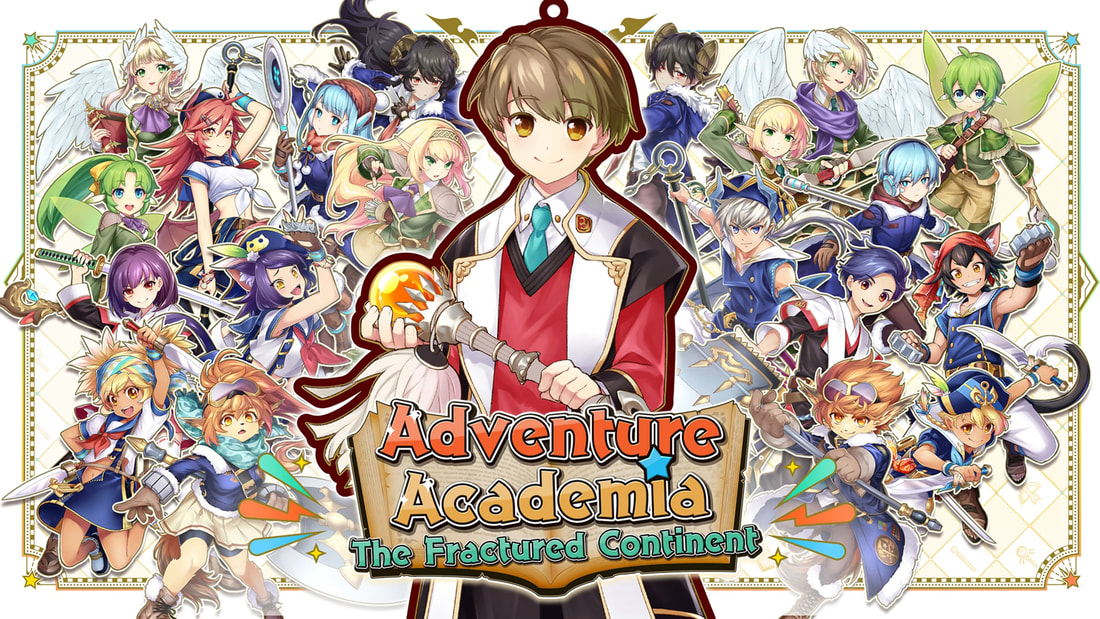
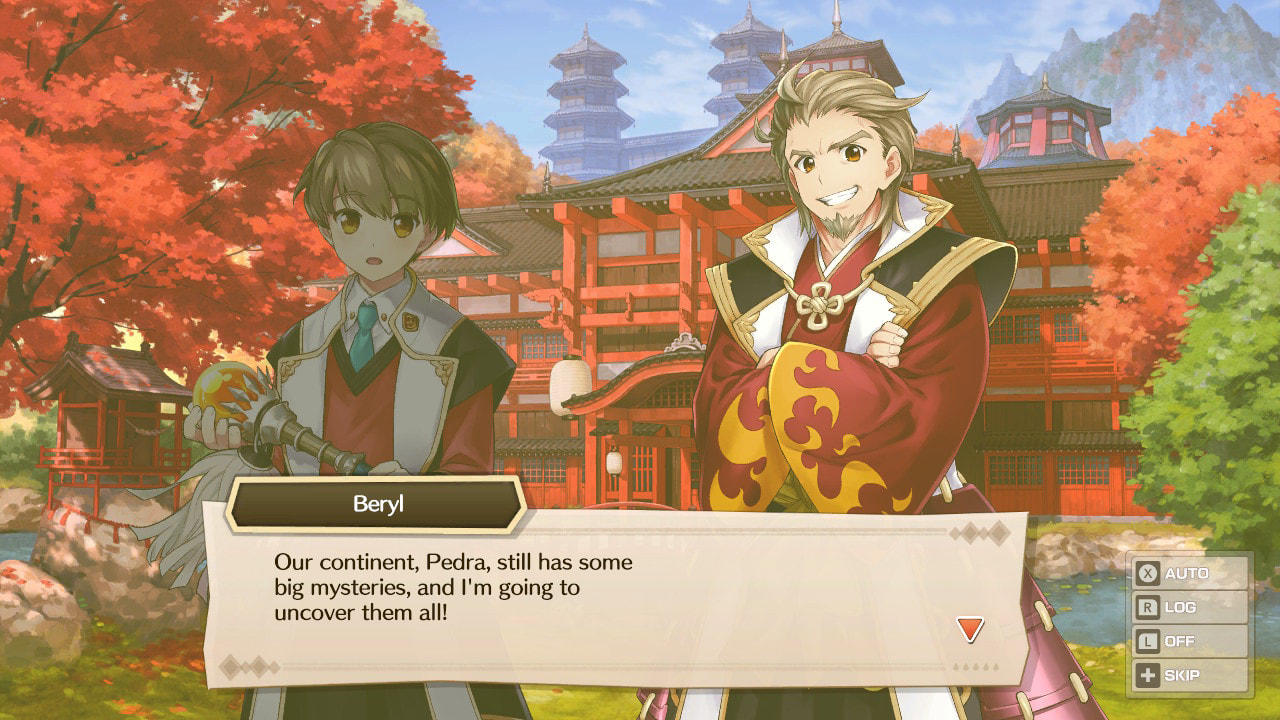
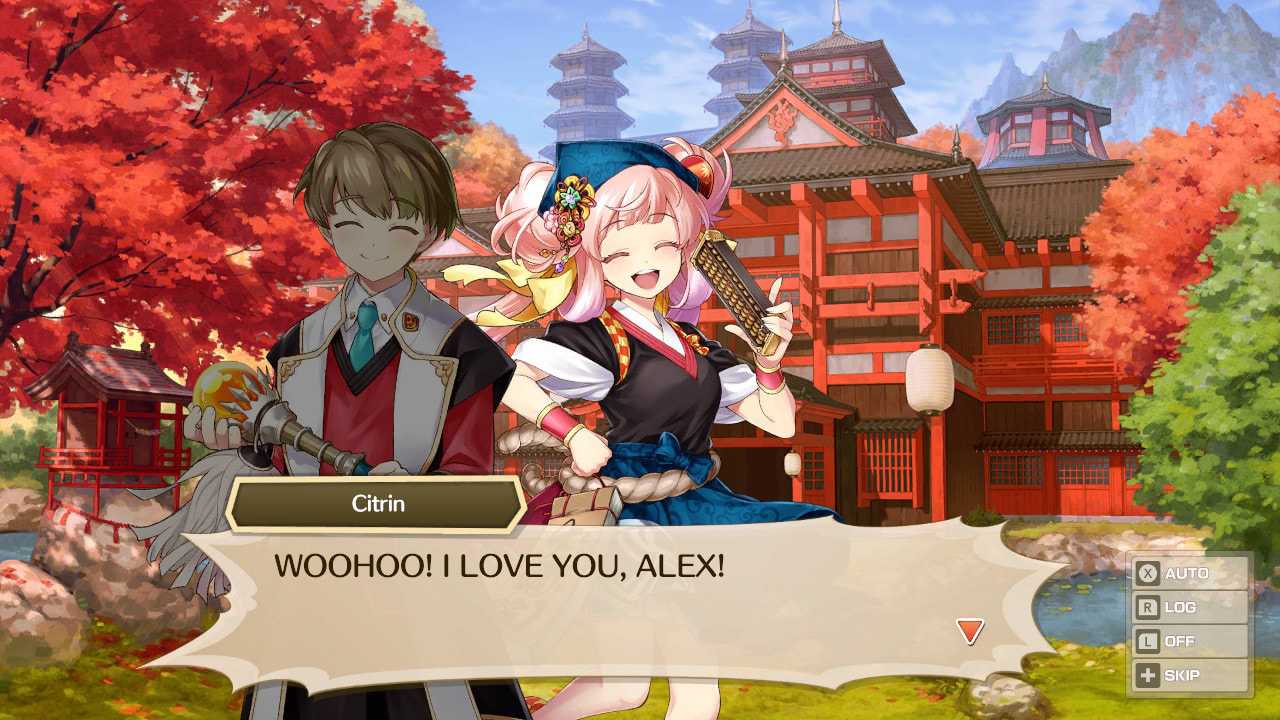
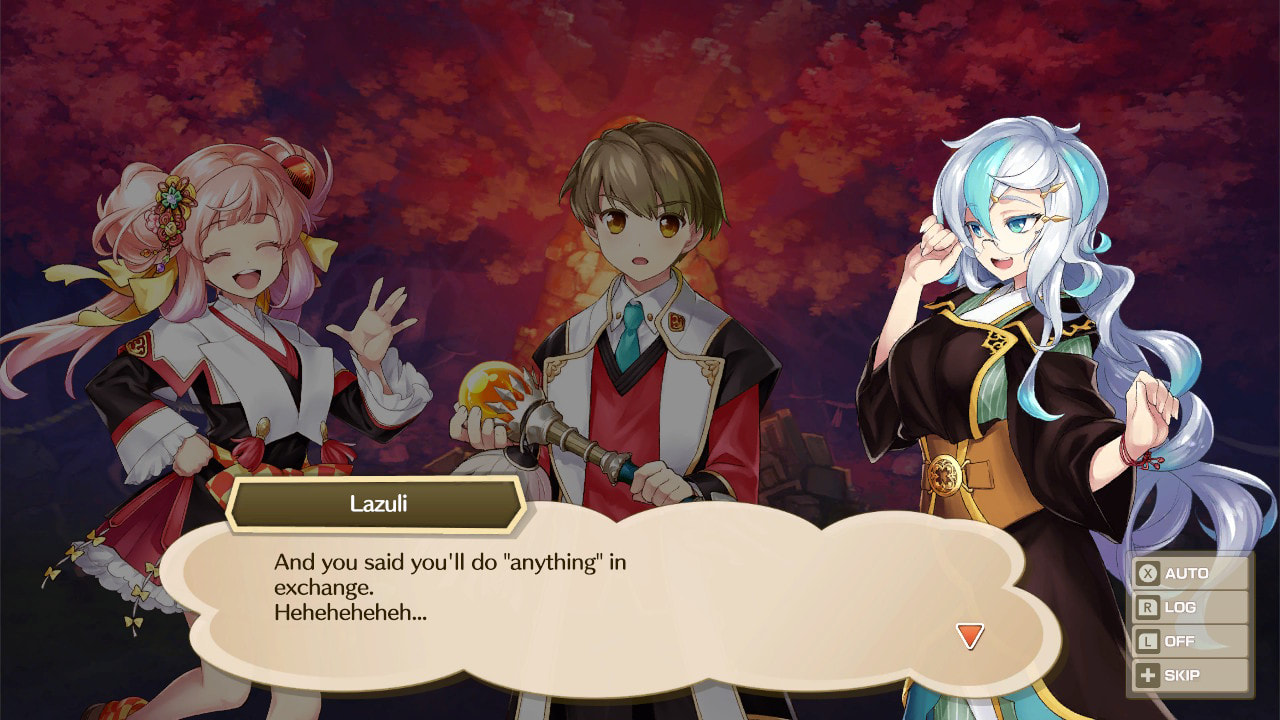
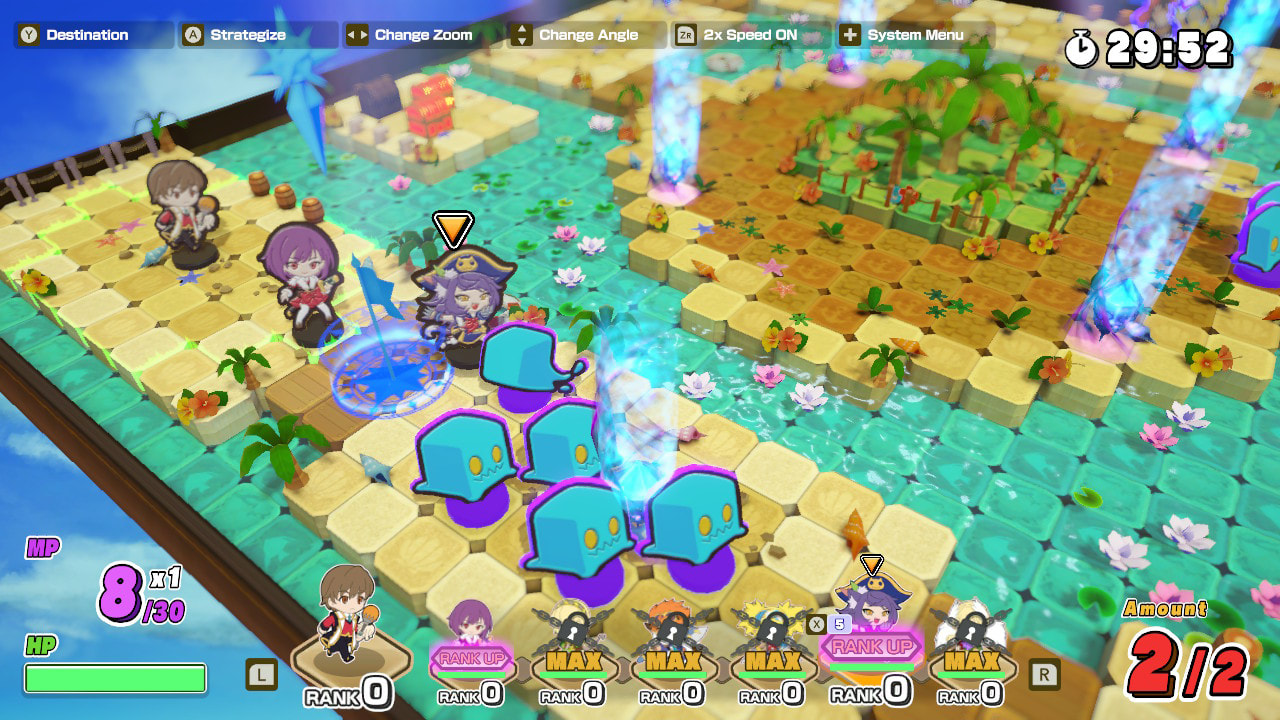
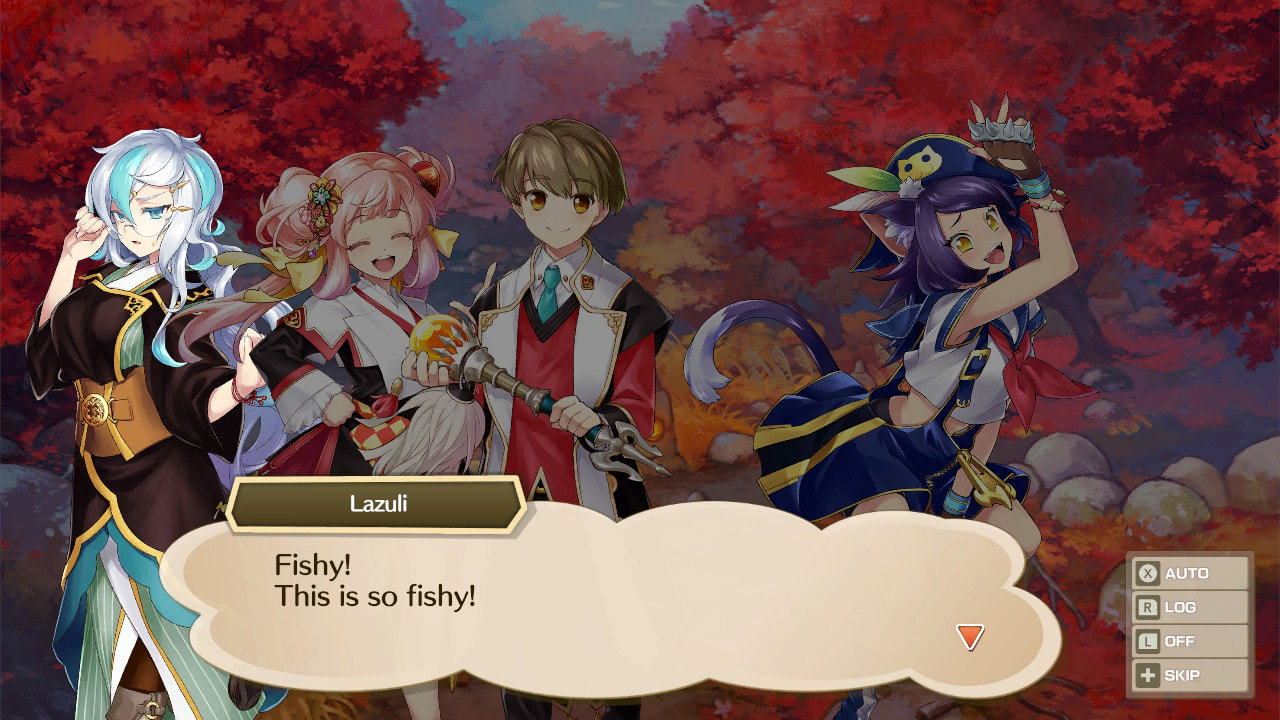
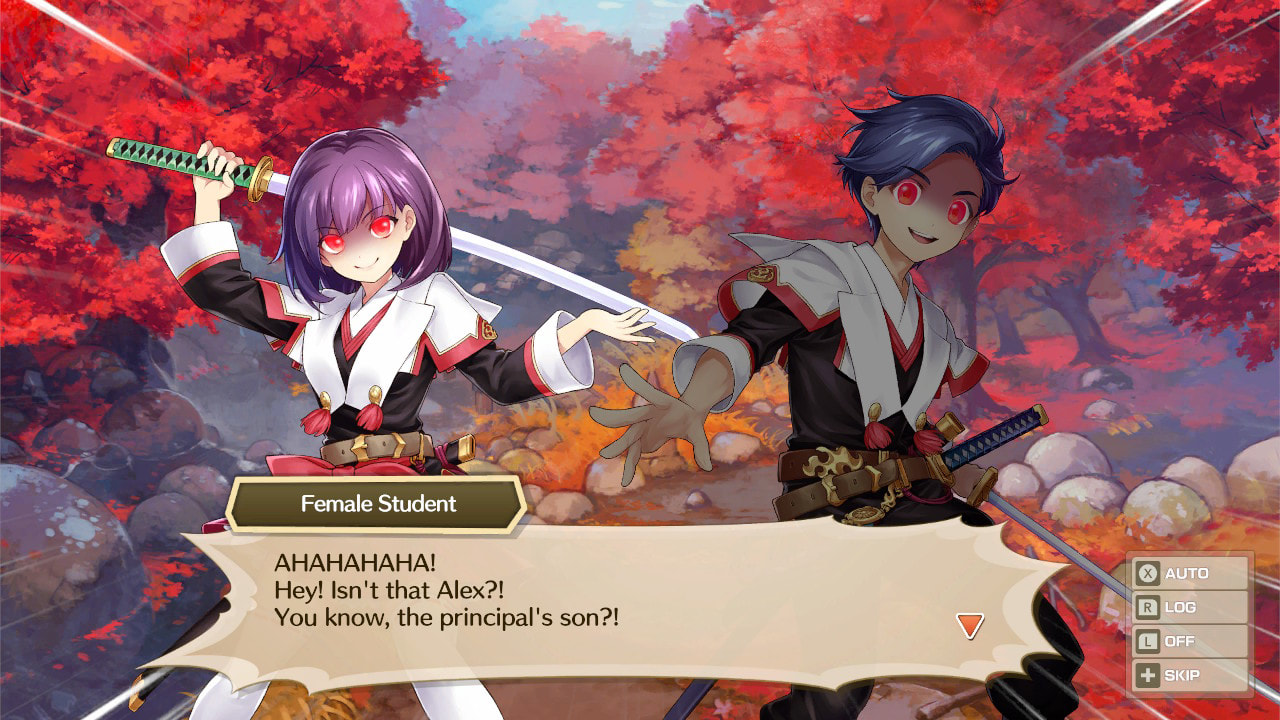
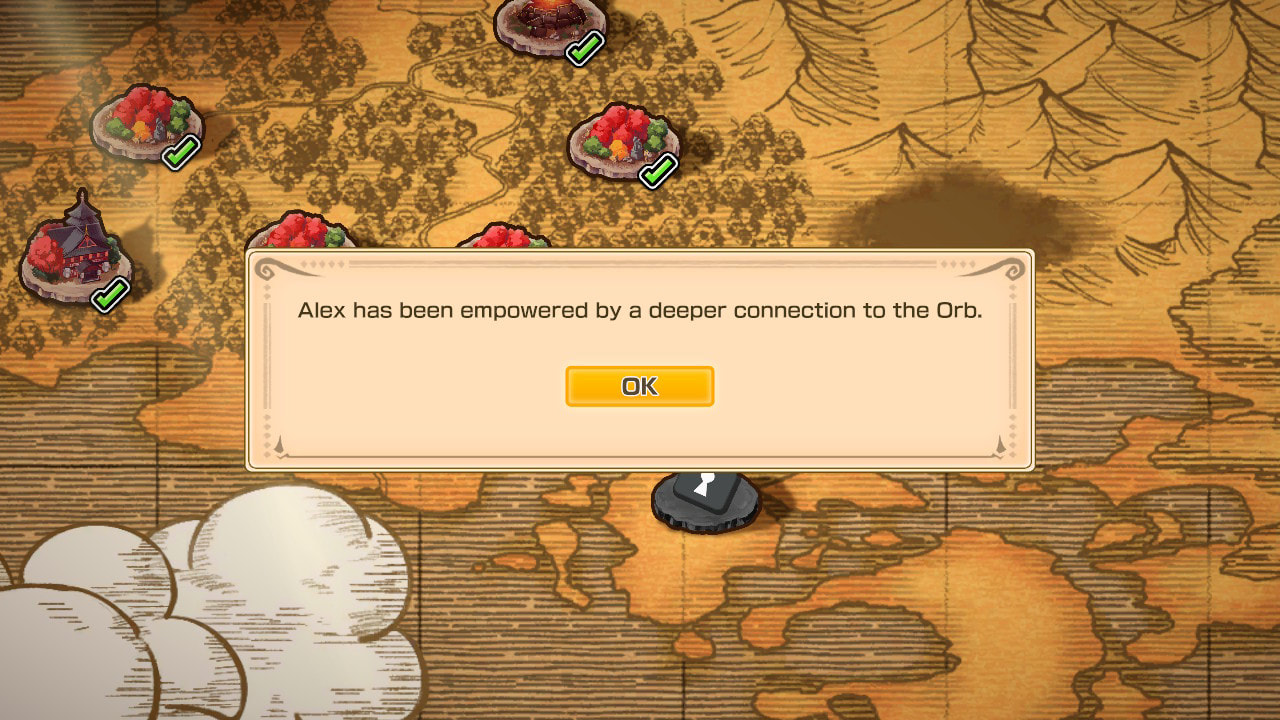
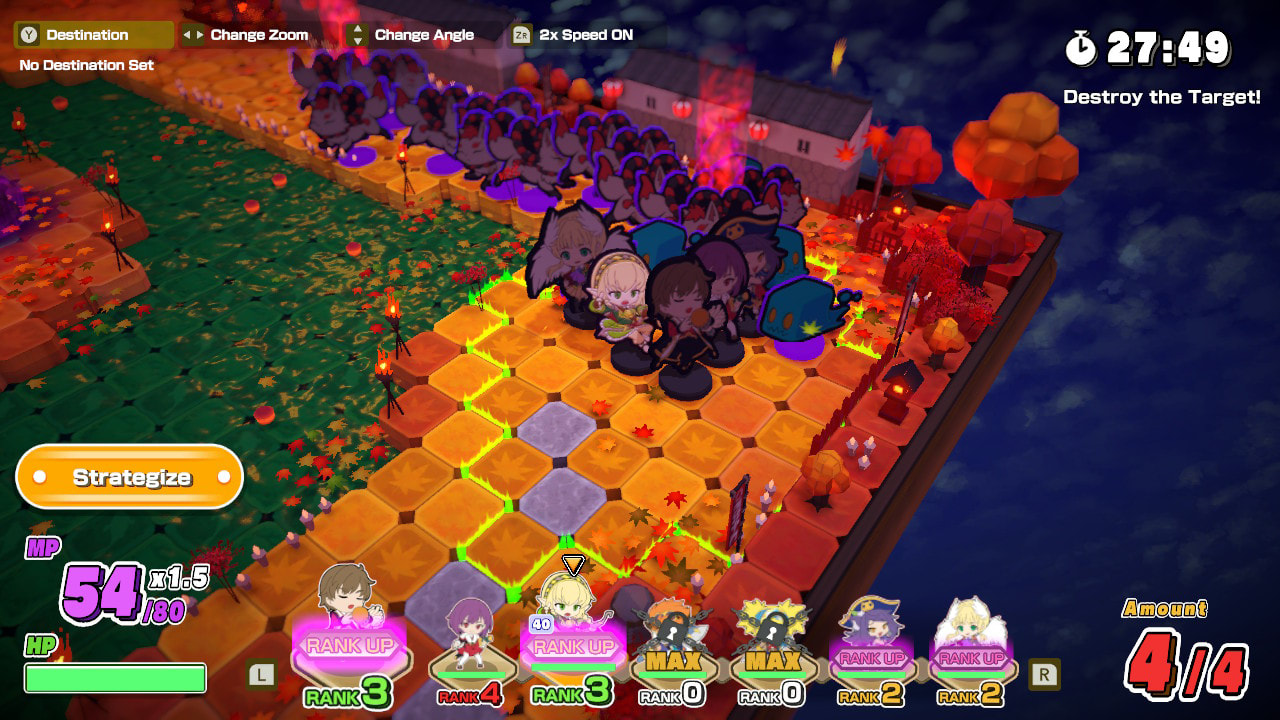
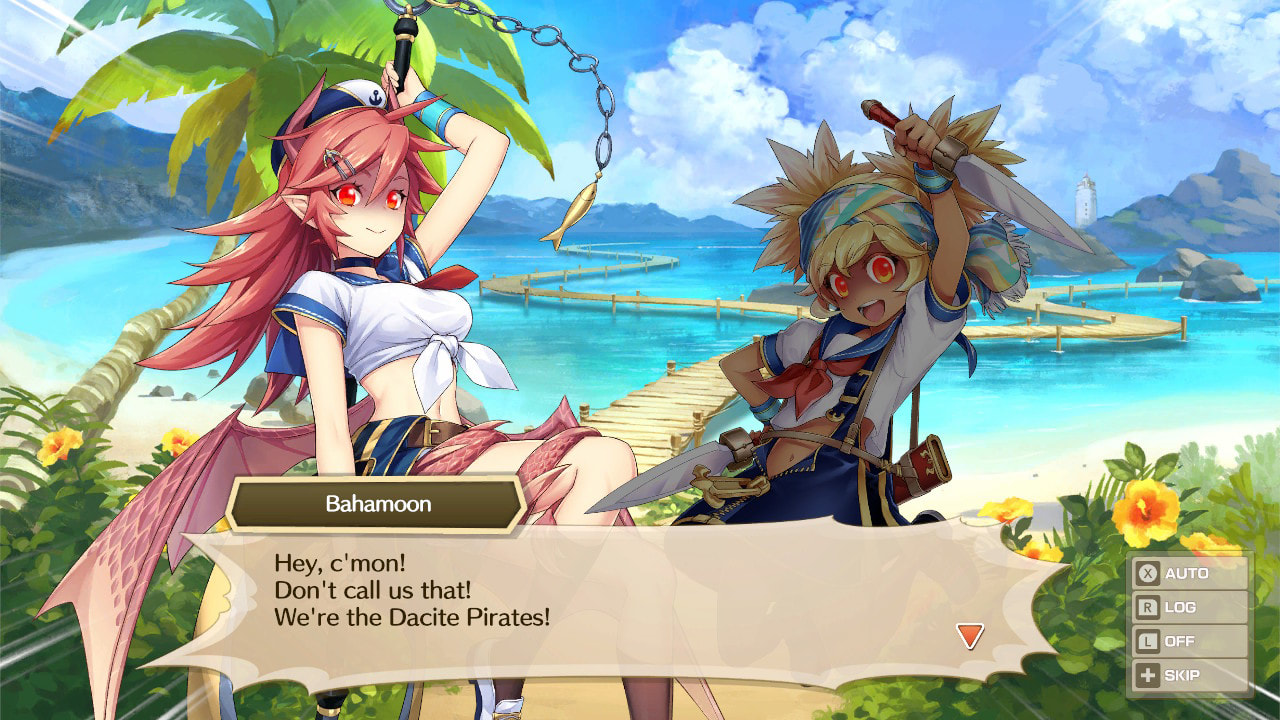
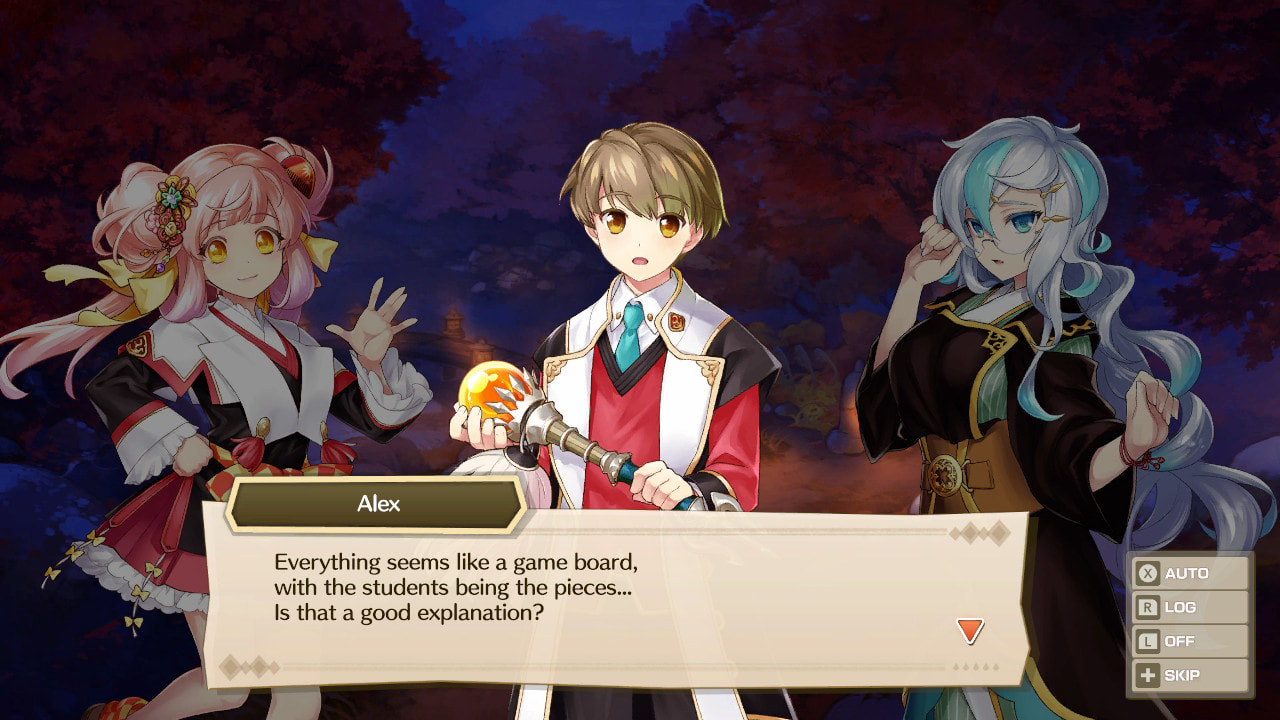
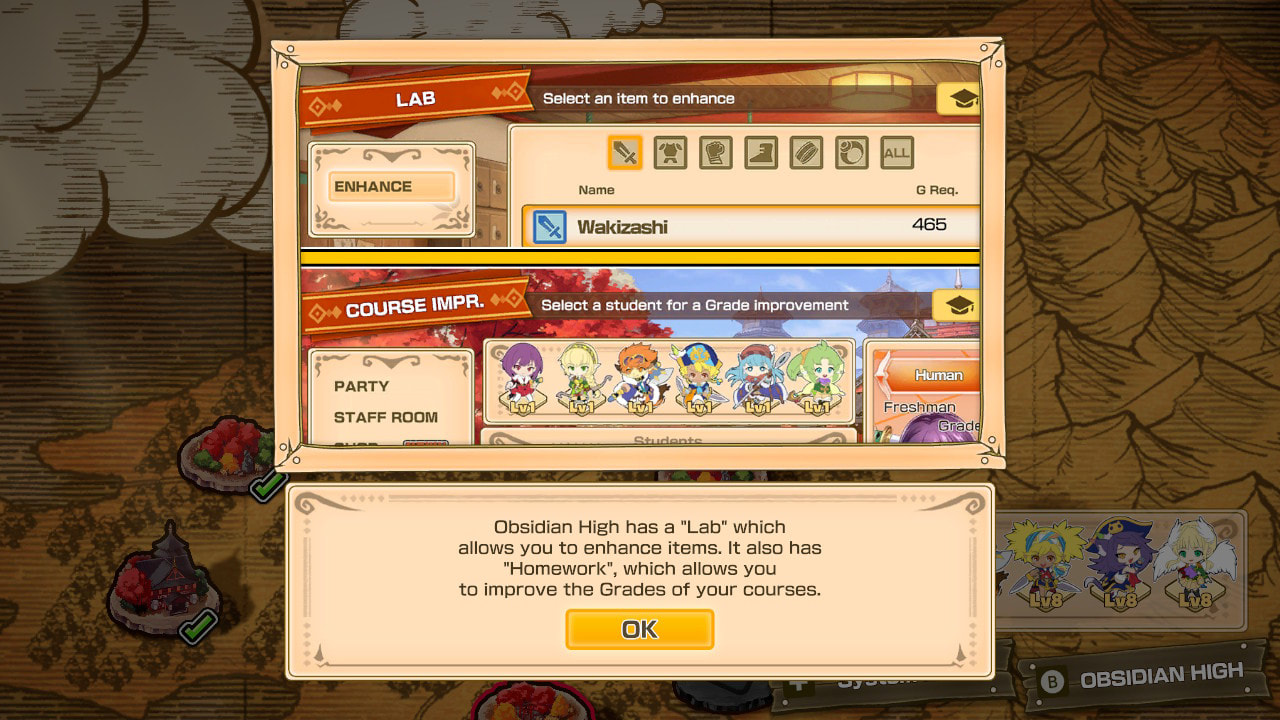
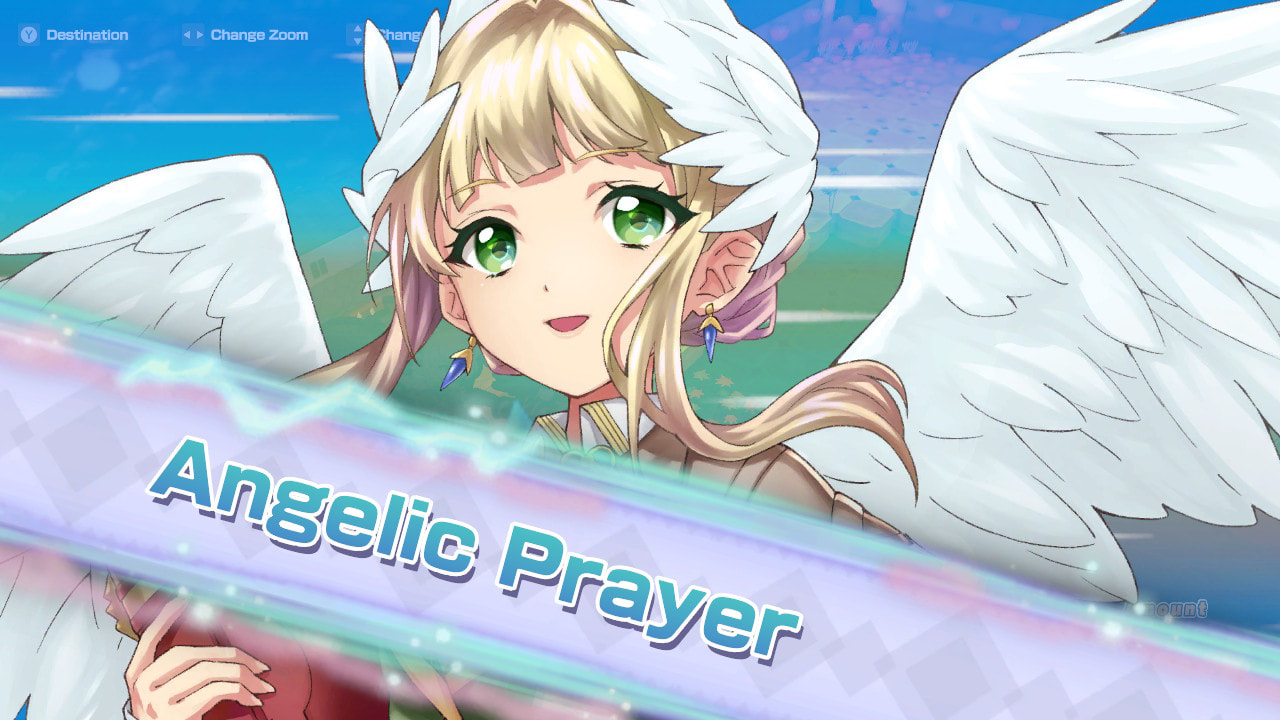
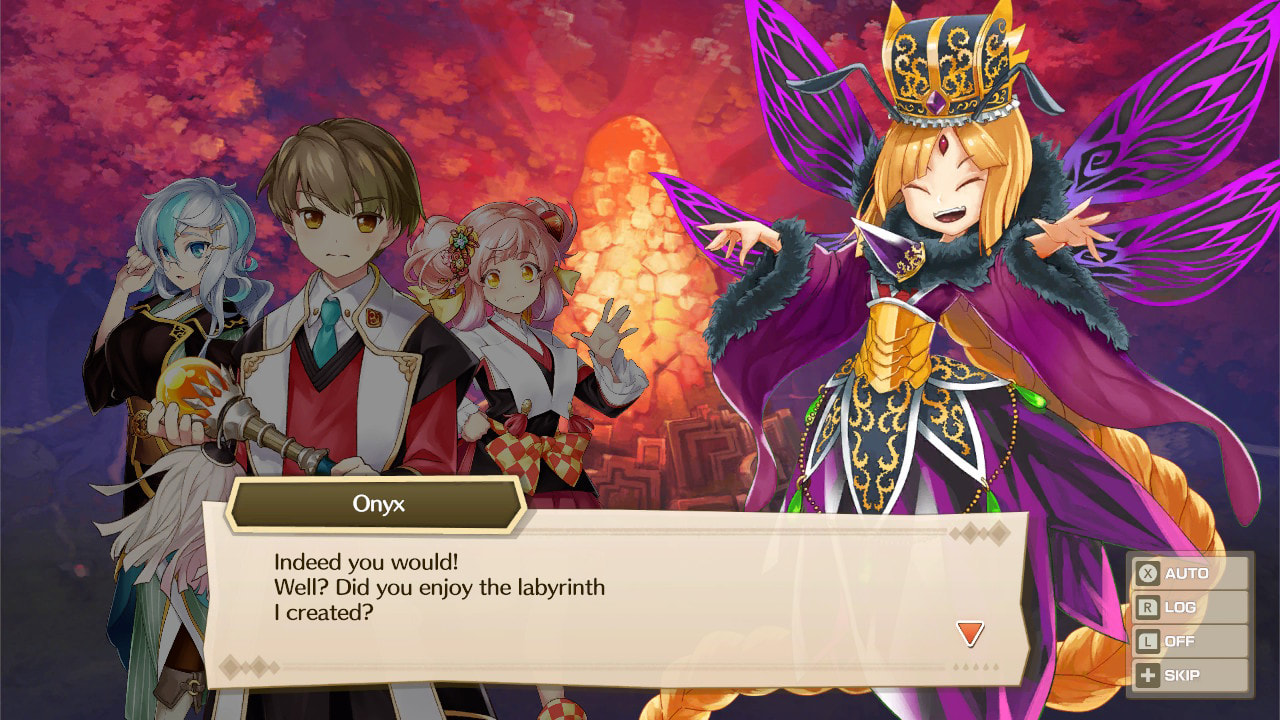
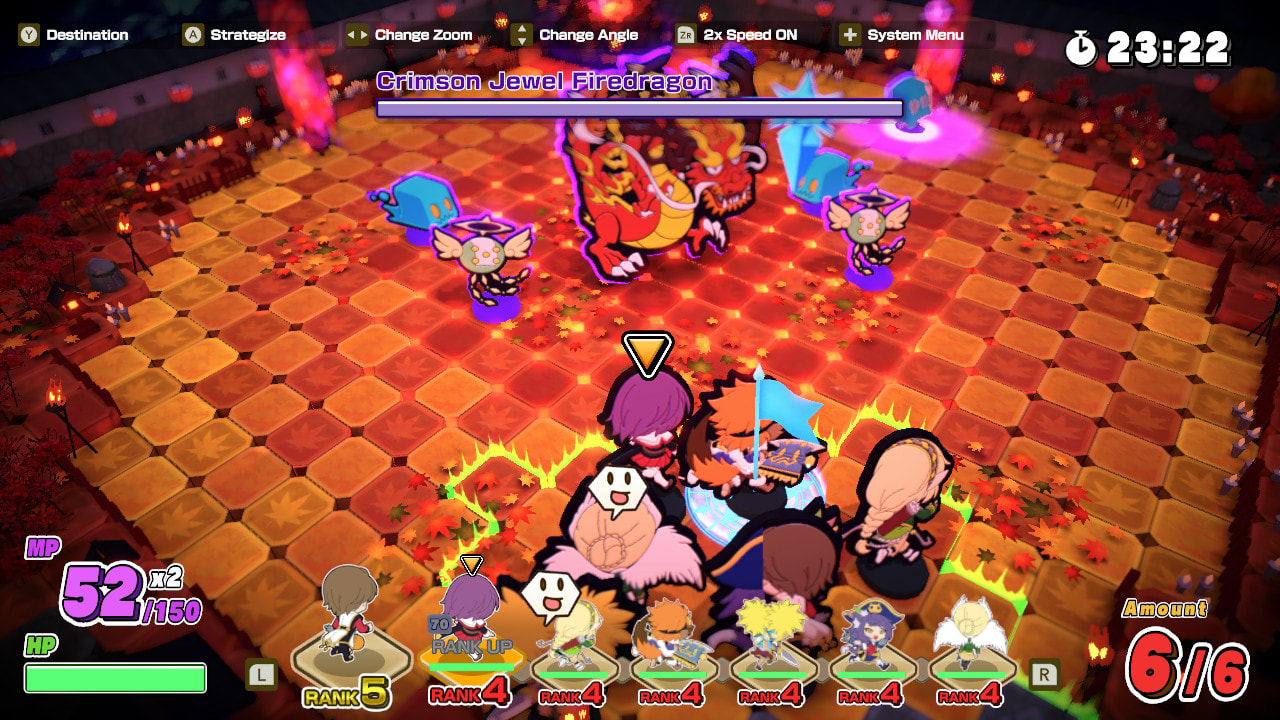
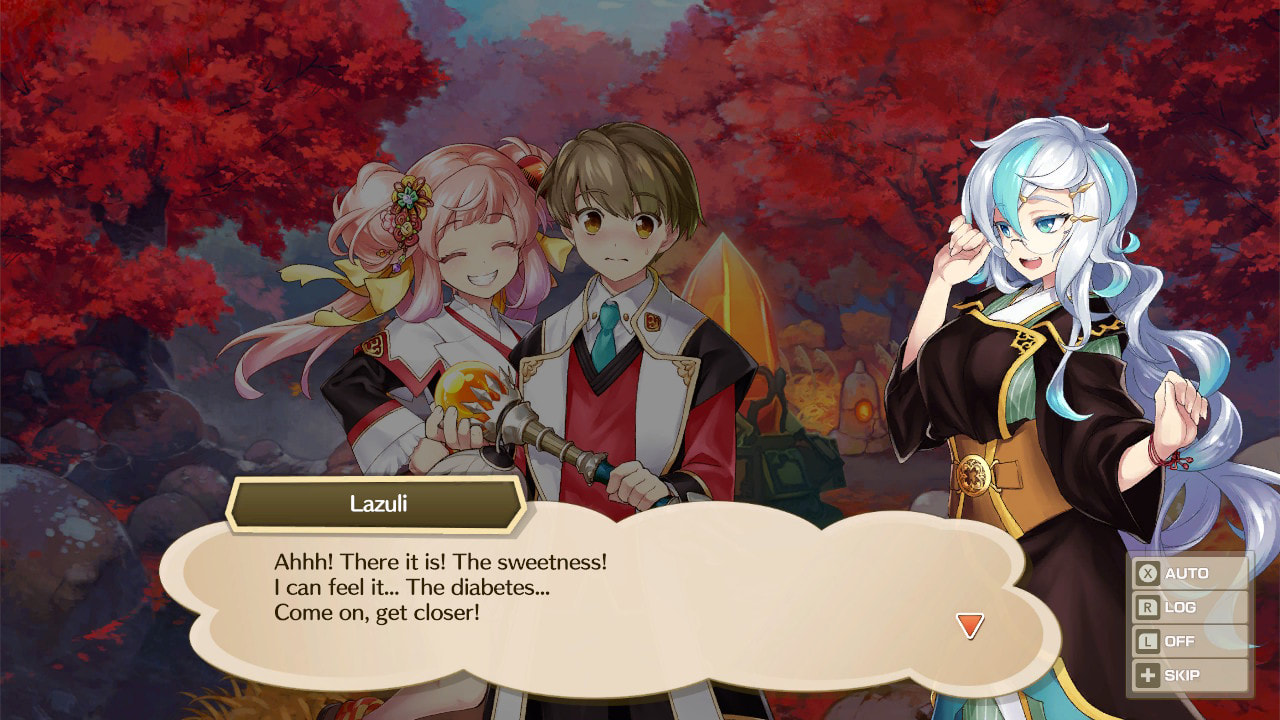

 RSS Feed
RSS Feed